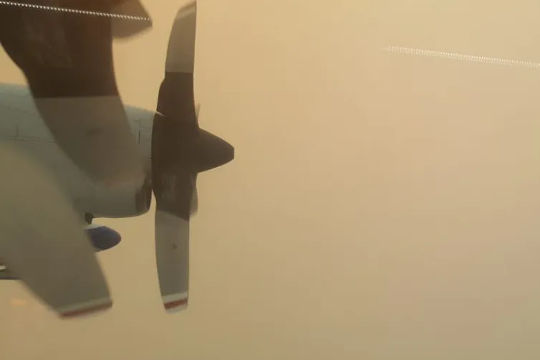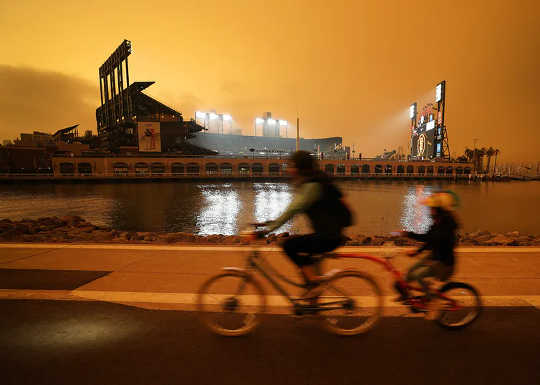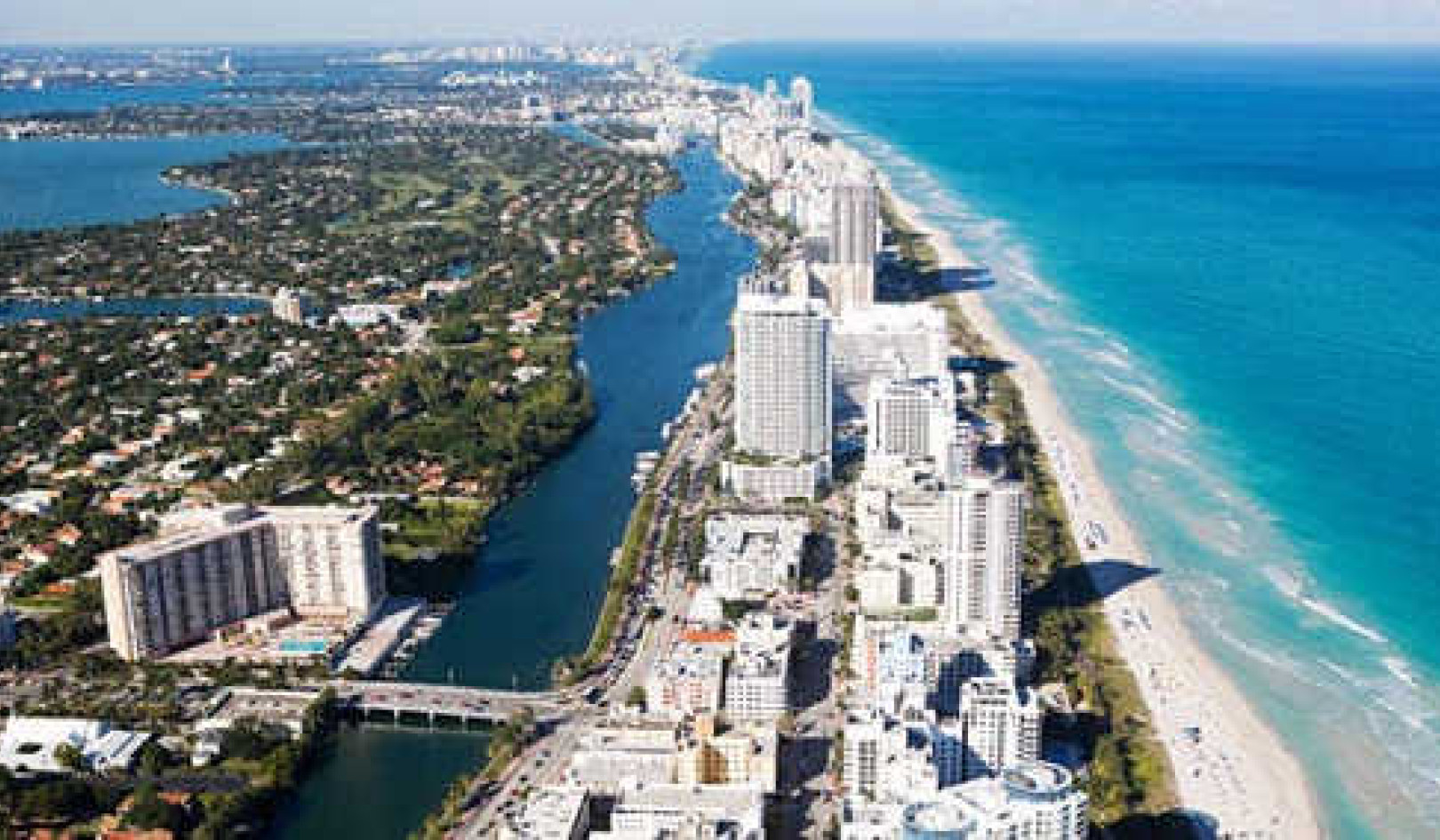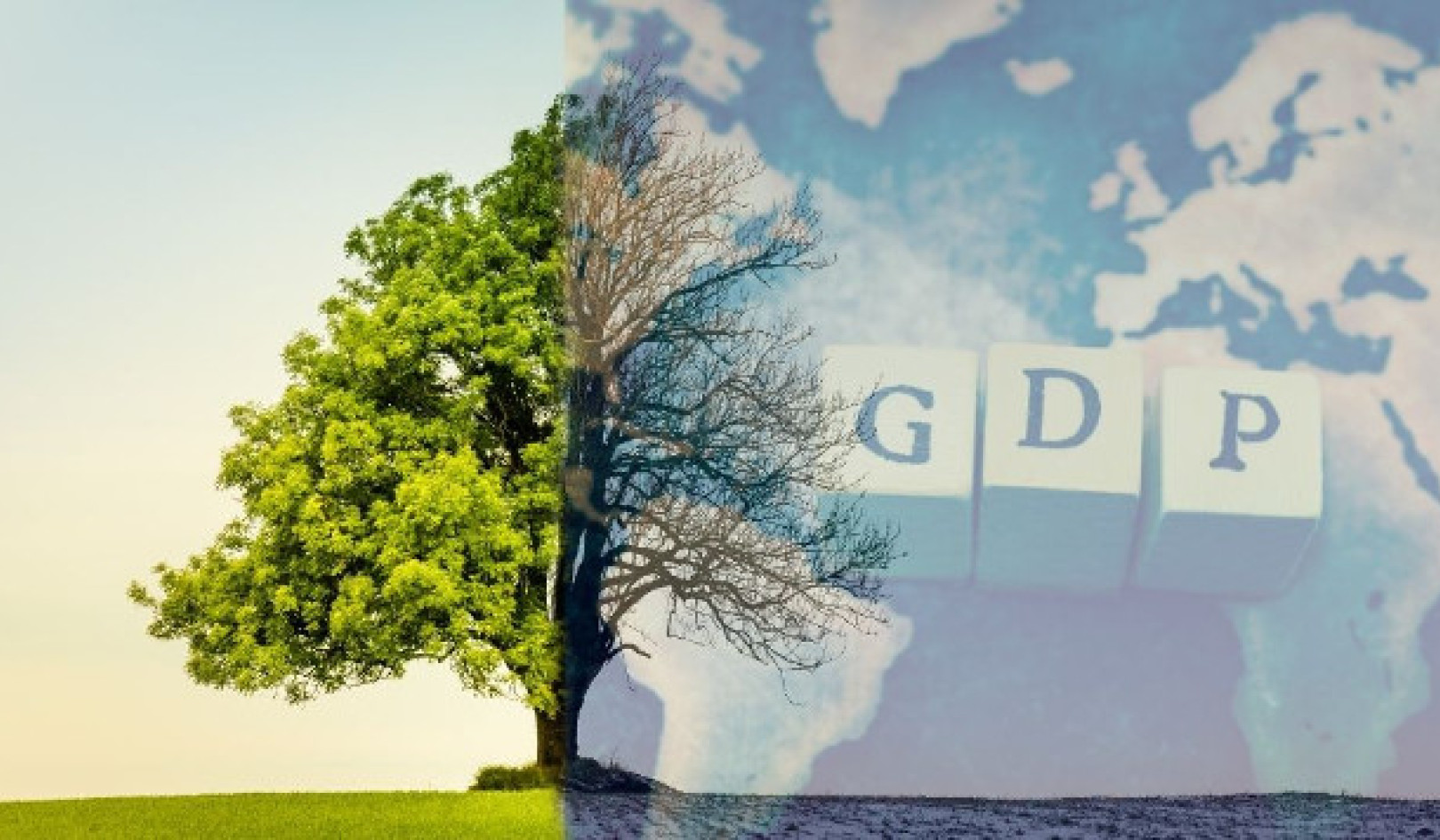
Sampling wildfire smoke sometimes means sticking a tube out the window of an airplane. Brett Palm/University of Washington, CC BY-ND
The year 2020 will be remembered for many reasons, including its record-breaking wildfires that turned San Francisco’s skies an apocalyptic shade of red and blanketed large parts of the West in smoke for weeks on end.
California experienced five of its six largest fires on record in 2020, including the first modern “gigafire,” a wildfire that burned over 1 million acres. Colorado saw its three largest fires on record.
While the smoke can make for beautiful sunsets, it can also have dire consequences for human health.
I am an atmospheric chemist, and the atmosphere is my laboratory. When I look at the sky, I see a mixture of many thousands of different chemical compounds interacting with each other and with sunlight.
The reactions and transformations in the atmosphere cause wildfire smoke to change dramatically as it travels downwind, and studies have shown that it can grow more toxic as it ages. In order to accurately forecast the effects of wildfire emissions on downwind populations and issue more-targeted air quality warnings as wildfire seasons worsen, we have to understand which chemicals are being emitted and how smoke changes with time.
To figure that out, my colleagues and I flew airplanes into the smoke plumes of some of the West’s large wildfires.
How we study wildfires
Large wildfires and the way wind carries their smoke cannot be easily replicated in a laboratory. This makes them difficult to study. One of the best ways to learn about real wildfire smoke chemistry is to sample it directly in the atmosphere.
In 2018 and 2019, my colleagues and I crisscrossed the sky over active wildfires in specialized airplanes loaded with scientific instruments. Each instrument is designed to sample a different part of the smoke, often by literally sticking a tube out the window.
No single instrument can measure all of these molecules at once. In fact, some specific compounds are a challenge to measure at all. Many scientists, including myself, dedicate their careers to designing and building new instruments to improve our measurements and continue to advance our understanding of the atmosphere and how it affects us.
In newly published research from the 2018 wildfires, my colleagues and I showed how the smoke particles changed rapidly as they were carried downwind.
Some of the particles were evaporating into gases, similar to a rain puddle evaporating into water vapor when the Sun comes out. At the same time, some of the gases in smoke were going through reactions to form new particles, similar to water vapor condensing to form a cloud or dew droplets. Meanwhile, chemical reactions were occurring, changing the molecules themselves.
As these molecules reacted with sunlight and other gases in the atmosphere, the smoke was fundamentally transformed. This is what we mean when scientists talk about smoke “aging” or getting “stale” over time. Other recent research has started to show how wildfire smoke can become more toxic as it ages.
What do all these changes mean for health?
The health damage from smoke is largely a result of how much PM2.5 it contains. These are tiny particles, a fraction of the width of a human hair, that can be breathed deep into the lungs where they can irritate the respiratory tract. Even short-term exposure can aggravate heart and lung problems.

PM2.5 particles are tiny at less than 2.5 microns across. U.S. Environmental Protection Agency
Chemical reactions control how much PM2.5 is in wildfire smoke as it is transported away from the fires and into population centers. Using our aircraft measurements to understand these processes, we chemists can better predict how much PM2.5 will be present in aged smoke.
Combined with meteorology forecasting that predicts where the smoke will go, this could lead to improved air quality models that can tell people downwind whether they will be exposed to unhealthy air.
Better air quality forecasting
With wildfires increasingly in the news, more people have become aware of their own air quality. Resources such as AirNow from the U.S. Environmental Protection Agency provide current and forecasted air quality data, along with explanations of the health hazards. Local information is often available from state or regional agencies as well.

Smoke from wildfires turned the midday sky orange in San Francisco on Sept. 9, 2020. AP Image/Tony Avelar
Air quality measurements and forecasts can help people avoid unhealthy situations, especially sensitive groups such as people with asthma. During predicted periods of unhealthy air quality, local or state governments can use forecasts to reduce other pollution sources, such as discouraging residential wood burning or high-emitting industrial activities.
Looking to the future, wildfire smoke is likely to be widespread across the West each year for several reasons. Rising temperatures are leaving the landscape drier and more flammable. At the same time, more people are building homes in the wildland-urban interface, creating more opportunities for fires to start.
A large community of scientists including me are working to better understand wildfire emissions and how they change as they blow into downwind communities. That knowledge will improve forecasts for air quality and health impacts of wildfire smoke, so people can learn to adapt and avoid the worst health consequences.
About the Author
Brett B. Palm, Postdoctoral Researcher in Atmospheric Chemistry, University of Washington
This article is republished from The Conversation under a Creative Commons license. Read the original article.
Related Books
Life After Carbon: The Next Global Transformation of Cities
by Peter Plastrik , John Cleveland The future of our cities is not what it used to be. The modern-city model that took hold globally in the twentieth century has outlived its usefulness. It cannot solve the problems it helped to create—especially global warming. Fortunately, a new model for urban development is emerging in cities to aggressively tackle the realities of climate change. It transforms the way cities design and use physical space, generate economic wealth, consume and dispose of resources, exploit and sustain the natural ecosystems, and prepare for the future. Available On Amazon
The future of our cities is not what it used to be. The modern-city model that took hold globally in the twentieth century has outlived its usefulness. It cannot solve the problems it helped to create—especially global warming. Fortunately, a new model for urban development is emerging in cities to aggressively tackle the realities of climate change. It transforms the way cities design and use physical space, generate economic wealth, consume and dispose of resources, exploit and sustain the natural ecosystems, and prepare for the future. Available On Amazon
The Sixth Extinction: An Unnatural History
by Elizabeth Kolbert Over the last half-billion years, there have been Five mass extinctions, when the diversity of life on earth suddenly and dramatically contracted. Scientists around the world are currently monitoring the sixth extinction, predicted to be the most devastating extinction event since the asteroid impact that wiped out the dinosaurs. This time around, the cataclysm is us. In prose that is at once frank, entertaining, and deeply informed, New Yorker writer Elizabeth Kolbert tells us why and how human beings have altered life on the planet in a way no species has before. Interweaving research in half a dozen disciplines, descriptions of the fascinating species that have already been lost, and the history of extinction as a concept, Kolbert provides a moving and comprehensive account of the disappearances occurring before our very eyes. She shows that the sixth extinction is likely to be mankind's most lasting legacy, compelling us to rethink the fundamental question of what it means to be human. Available On Amazon
Over the last half-billion years, there have been Five mass extinctions, when the diversity of life on earth suddenly and dramatically contracted. Scientists around the world are currently monitoring the sixth extinction, predicted to be the most devastating extinction event since the asteroid impact that wiped out the dinosaurs. This time around, the cataclysm is us. In prose that is at once frank, entertaining, and deeply informed, New Yorker writer Elizabeth Kolbert tells us why and how human beings have altered life on the planet in a way no species has before. Interweaving research in half a dozen disciplines, descriptions of the fascinating species that have already been lost, and the history of extinction as a concept, Kolbert provides a moving and comprehensive account of the disappearances occurring before our very eyes. She shows that the sixth extinction is likely to be mankind's most lasting legacy, compelling us to rethink the fundamental question of what it means to be human. Available On Amazon
Climate Wars: The Fight for Survival as the World Overheats
by Gwynne Dyer Waves of climate refugees. Dozens of failed states. All-out war. From one of the world’s great geopolitical analysts comes a terrifying glimpse of the strategic realities of the near future, when climate change drives the world’s powers towards the cut-throat politics of survival. Prescient and unflinching, Climate Wars will be one of the most important books of the coming years. Read it and find out what we’re heading for. Available On Amazon
Waves of climate refugees. Dozens of failed states. All-out war. From one of the world’s great geopolitical analysts comes a terrifying glimpse of the strategic realities of the near future, when climate change drives the world’s powers towards the cut-throat politics of survival. Prescient and unflinching, Climate Wars will be one of the most important books of the coming years. Read it and find out what we’re heading for. Available On Amazon
From The Publisher:
Purchases on Amazon go to defray the cost of bringing you InnerSelf.comelf.com, MightyNatural.com, and ClimateImpactNews.com at no cost and without advertisers that track your browsing habits. Even if you click on a link but don't buy these selected products, anything else you buy in that same visit on Amazon pays us a small commission. There is no additional cost to you, so please contribute to the effort. You can also use this link to use to Amazon at any time so you can help support our efforts.

























